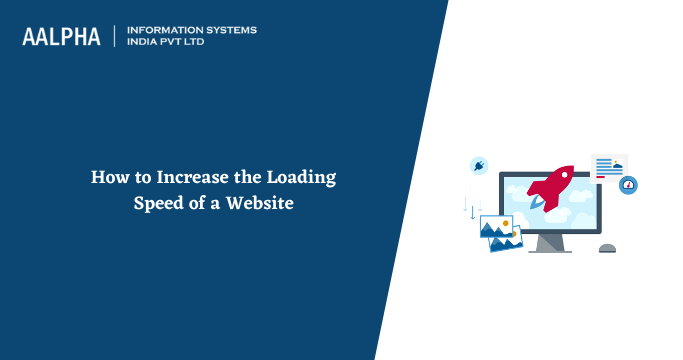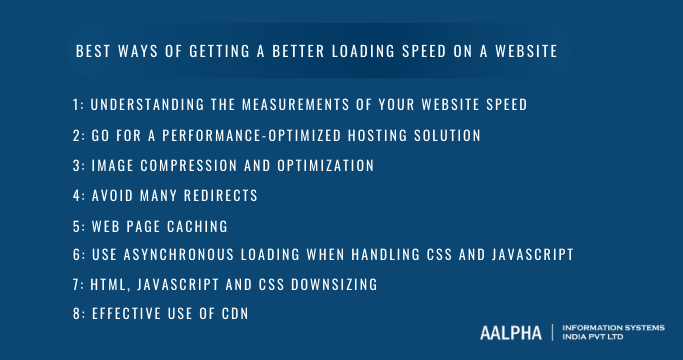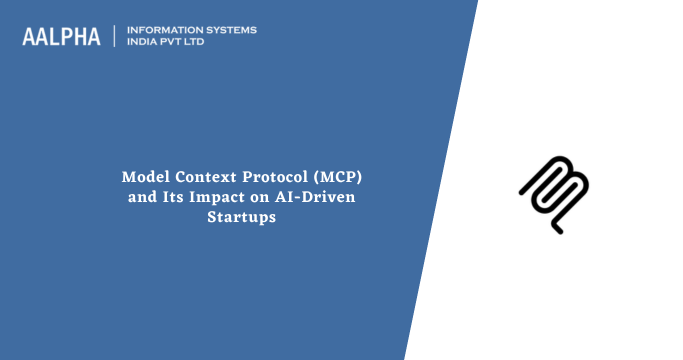One key reason that keeps users away from any website is the loading speed. A website taking extra time to load will always chase away its potential users. Users can easily avoid such websites as they keep waiting longer to access particular services and, therefore, a poor user experience and interaction. Since a website will always have multiple pages, it is always crucial to optimize the loading speeds of the pages.
Ensuring proper loading speeds for your websites and all the web pages requires a deep understanding of the critical factors affecting the loading speed. The factors playing a role in the loading speed of a website or even a webpage are apparent. Therefore, it is essential to establish the number of videos and images incorporated into a given page or the entire website. It is also crucial to keep track and understand the themes and plugins integrated into the website and the server-side scripts.
In short, the three key factors, i.e., media files, server-side scripts, website themes, and plugins, affect the website’s loading speed in different ways. Learning the proper strategies to incorporate and implement the features is crucial to adjusting the loading speeds and the entire website’s user interaction. Before designing and developing any website, always understand that users don’t tolerate websites that keep them waiting too long to access a resource. Doing so will thus inspire you to venture into perfect optimization to achieve optimized loading speeds fit for the user.
Ways of getting a better loading speed on a website
Surfing through the web calls for timeless. It, therefore, counts much to the user to lose a second waiting to access a given resource on the website. According to statistics, most users will always leave a website whose loading times increase from an optimized second to around three seconds. Therefore, your pages or entire website mustn’t take extra seconds to load compared to the desirable time. It is good to understand that the website speed doesn’t count just on the user’s side. The rate will also help you achieve significant engagements and conversions of your site.
With good loading speed optimization comes excellent search engine optimization. A website’s rank in search results depends on several factors. Speed is among the crucial factors that will rank your website higher and top on the list during searches. Therefore, a sluggish website will always have a significant probability of ranking low during searching.
The need for speed in websites comes in when you need users to have a specific perception of your brand. Remember, growing your brand requires that you consider different things at ago. The speed of your website also helps define the brand and give it some specificity. Sluggish loading speeds are bad experiences for the users and generate a poor image and perception of your brand. Long loading times render your website unprofessional and unreliable to users, leading to the loss of potential and frequent customers. Effective website handling requires perfect optimization, which requires several implementations on every page within your website. The following are website optimisation techniques to improve performance of your website.
-
Understanding the measurements of your website speed
You won’t make changes to a website with an optimal speed fit. Therefore, it is essential to test your website and measure speed before implementing any changes to advance on speed. Gauging the performance of your website requires that you undertake several steps, including the use of speed measuring software. However, renowned ways to measure your website’s optimal loading speed include GTmetrix and Pingdom website speed test. Several tools are helpful to get through the process of understanding the loading speed of your website. A recommended tool that serves most developers on the same dimension includes Google PageSpeed Insights. It is compatible enough to test your website on desktop and mobile devices.
When using the tool, you can always gauge the performance of your website through different performance metrics and statistics. After estimating the performance of your website’s loading speed, it is time to enhance it through perfect optimization. Therefore, let us explore a wide range of techniques to keep your loading speeds optimal so that your website users find an ideal experience within the website.
-
Go for a performance-optimized hosting solution
There are different hosting solutions, and each has a different approach for providing website hosting. While each of them has further provisioning, all have a crucial role in managing your website in its entirety. They stretch up to the website’s performance and ensure the effectiveness of the website’s usage. Therefore, going for a good hosting provider is as good as giving your website a good loading and performance speed. But the problems set in when you go for a hosting provider that doesn’t have performance considerations. Mostly, companies and individuals settle for mediocre hosting platforms because they opt for the lowest rates. Regardless of the rates, always go for a hosting platform with more significant consideration for loading times. Always go for high-performance-focused hosting providers for a platform that ensures proper design speeds.
-
Image compression and optimization
Among the elements lowering the speed of your website are the images. Primarily, high-quality photos will always reduce the loading speed among the pages on your website. Apart from image quality, the size of the image matters a lot on matters regarding the loading speed. To increase the loading speed within the website, you should therefore focus on optimizing the pictures used. Apart from optimization, you can also compress the images to a reliable size that effectively makes loading faster. You can always use several approaches to optimize and compress images crucial for your website. You can opt for lazy loading, lossy or lossless compression, and a change of image formats. Incorporating plugins that can help optimize the images within your website takes different approaches.
-
Avoid many redirects
Redirects are among the crucial causative factors that lead to extended loading within your website. Even though redirects play a significant role within your site, you can identify the ones you don’t need and scrap them off to enhance the loading time on your website. Avoiding the use of many redirects is always possible through avoiding unhelpful links and ensuring a proper setup of the necessary redirects on your site.
-
Web page caching
Caching is also a crucial technique that will always speed up your website. There is always temporary storage for the site’s files with caching. With the warehouse, the overload of requests on the server reduces and thus giving the entire website time to operate smoothly and seamlessly. Additionally, the serving webpages reduces, and some of the references of resources upon request come from the cache-store.
-
Use asynchronous loading when handling CSS and JavaScript
Your site will demand some Javascript and CSS code. When coding the two languages, you can always use asynchronous and defer loading. In the layman’s language, loading each of the files occurs one at ago, especially in the specific order of appearance on the website. Scripts are a hindrance to faster loading, and therefore, arranging the files in order allows proper structuring of the entire web page files so that they don’t load after the script execution. At times, script execution on the browser may take longer before loading other essential files that need correct implementation. You can also prepare the files such that multiple loads simultaneously, increasing the website’s performance.
-
HTML, JavaScript and CSS downsizing
With proper optimization of the web files associated with your website, you can achieve optimized loading speeds. You can also stretch further to the individual HTML, CSS, and JavaScript codes and minify them to eliminate unnecessary and non-functional code lines such as comments and unnecessary spaces. Doing so ensures that you work with an optimized file that can load well when hosted. Minifying the codes also helps to work with clean code that encourages faster loading of web pages. Going through the entire code to minify every piece of line is tedious. You can always opt for related software or even online tools like HTML Minifier to handle the same..
-
Effective use of CDN
Improving the loading speeds in your website is possible with the Content Delivery Network. It is thus effective to use the CDN when working on larger web projects.
Conclusion
Loading speeds are crucial enough to establish whether visitors will stay on your website. It is thus reasonable to develop and implement strategies that ensure a top-notch level of managing optimal loading speeds. Do away with those unnecessary plugins and adhere to some of the techniques discussed in this piece. Remember to check out the statistics of your website on your next check-up. Enjoy a great experience along with the users.
For more info contact web development services agency Aalpha.
Also read: app store optimization strategies





Share This Article:
Written by:
Muzammil K
Muzammil K is the Marketing Manager at Aalpha Information Systems, where he leads marketing efforts to drive business growth. With a passion for marketing strategy and a commitment to results, he's dedicated to helping the company succeed in the ever-changing digital landscape.
Muzammil K is the Marketing Manager at Aalpha Information Systems, where he leads marketing efforts to drive business growth. With a passion for marketing strategy and a commitment to results, he's dedicated to helping the company succeed in the ever-changing digital landscape.